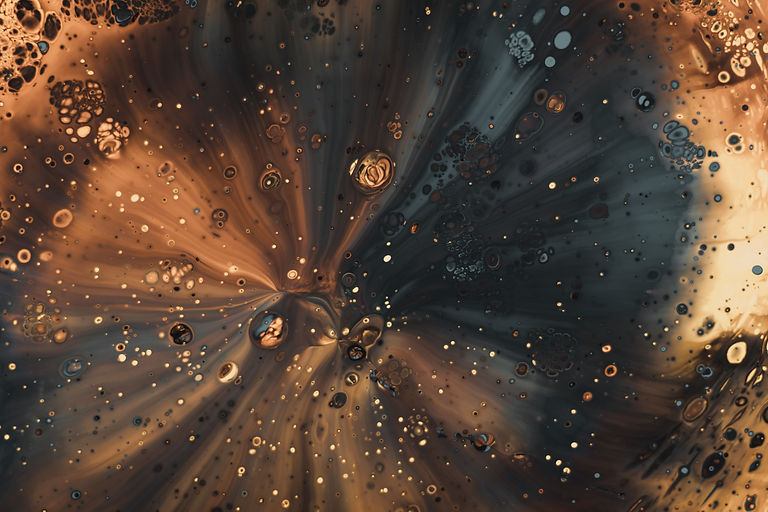
Research & Projects
Our research currently focuses on two main challenges: developing novel analog holographic wavefront sensors and advancing holographic optical elements so they can be used in vision diagnosis, correction and treatment. Both challenges are being addressed using expert knowledge in wavefront sensing, photosensitive materials and holography.
As part of the IEO Centre we have formulated a number of photopolymer and sol-gel materials, some of which are under patent. In addition, other photosensitive materials are available under agreement with other research and industry groups.
HoloWave - New Approaches to Wavefront Sensing, based on Modal and Zonal methods, using Novel Holographic Devices. This is an applied research project, funded by SFI, which creates holograms by recording controllable nanometre-sized structures in photopolymer, a polymer material which is sensitive to light. The holograms created by this process will be used in devices called wavefront sensors – which can extremely accurately measure the shape of a light wave. This method will mean that extremely fast and sensitive wavefront sensors can be manufactured at a reduced cost. These new holographic wavefront sensors will have applications in diagnosing eye conditions, increasing the information that can be carried by optical fibres and improving images taken by telescopes and microscopes. This project includes collaborators in TU Dublin and the Bulgarian Academy of Sciences.
HOEs in Vision Correction & Treatment. Eye conditions are currently treated with a range of methodologies, many requiring the wearing of spectacles or other eye coverings. Typically these involve glasses with refractive optical power, some of which are complex and expensive to customise to the patient (e.g. progressive lenses for presbyopia). As each patients prescription for their eye condition is unique a customisable, low-cost and robust method of providing complex, patient specific treatment is desirable. This would have a particular beneficial impact for treating children and those in low-resource settings.
This works overall objective is to initiate a completely novel manner of treating various eye conditions, through the development of customisable Holographic Optical Elements (HOEs). These will be produced in a thin polymer layer (<150 μm) and adhered to a robust, optically clear substrate. The photonic structure of the HOEs is created by holographically recording a laser interference pattern in the volume of a photosensitive material. By defining and controlling the interference pattern the structure can be customised and a bespoke diffractive element created in the layer. As the HOEs structure is completely within the volume of the material there are no surface structures, thus the HOEs are not susceptible to contaminants, enhancing their robustness. This research is funded by the Irish Resarch Council (IRC).
HOEye. This project "Using Holographic Optical Elements (HOEs) to develop novel methods of measuring and treating eye conditions" is part of the joint French-Irish funded Ulysses Scheme which aims to foster new collaborations between Ireland and France-based researchers. The main scientific question that this project addresses is the applicability of Holographic Optical Elements (HOEs), recorded in photopolymer, in the measurement and treatment of certain ocular functions and conditions. The aims of this project are 1) to model, record and optimise suitable HOEs, in a photopolymer material, which can be studied for use in improving the treatment of amblyopia, particularly in children and 2) to model, record and optimise suitable HOE filters, in a photopolymer material, which will be used to study the effect of spectral content changes on the contrast sensitivity function (CSF) of the eye. This project is a collaboration between TU Dublin and the Université de Nîmes.
